External Workshops
We can deliver custom training at your venue, contact us to discuss your training needs.
LEARN MORE
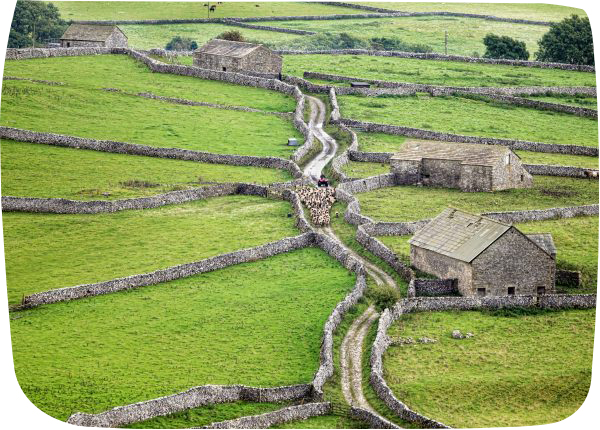
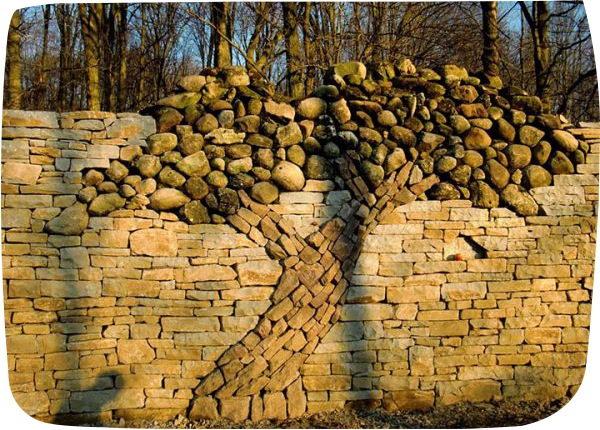
Dry stone ‘Tree monument’ built by Eric Landman, Ontario, Canada
Ancient or contemporary, dry stone structures are self-sufficient ecosystems with an endless practical purpose. They are collections of carefully placed stone held together indefinitely by friction and gravity.
They exist in complete harmony with nature, withstanding flood and fire, and possess a unique ever-changing beauty that mirrors their environment.
They are a prized feature throughout the world and investing in a well-built traditional dry stone structure is investing in a legacy, a purposeful artwork that will live on long after we are gone.
The use of mortar is seen by some as a more efficient option for building, but the rigid nature of mortared constructions means they succumb to environmental pressures and begin to deteriorate from the outset. Mortar can be unattractive and also plays a role in damaging the stone. Dry stone structures rarely require maintenance, grow stronger with time, and evolve with their environment rather than fighting against it.
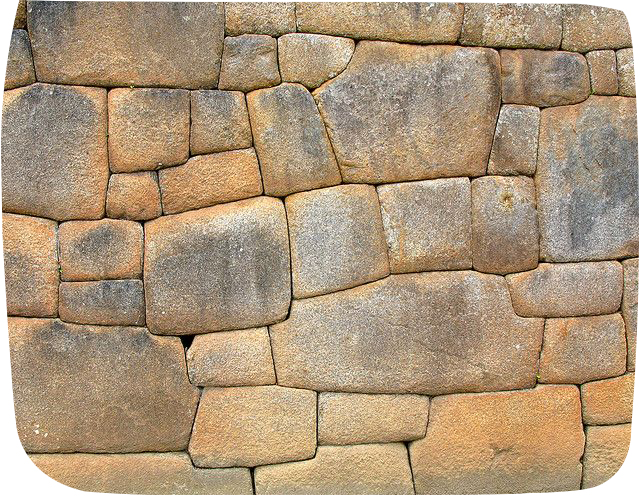
Dry stone walling is one of the oldest trades in the world. For as long as there have been humans and stone there have been dry stone structures. As a well-built dry stone structure can outlive a mortared structure by several millennia, many ancient dry stone structures remain throughout the world today.
When we visit Skara Brae, a Neolithic village in the Orkneys, or the pyramids in Egypt or the Incan temples of Peru, we are witness to the living, breathing strength, beauty, and longevity of dry stone structures built thousands of years ago (5000, 4000 and 2000 respectively).
In addition to major monuments, dry stone structures have played an important role in enhancing land management and stock control, preventing landslides and soil erosion as well as enhancing biodiversity and creating microclimatic conditions for agriculture.
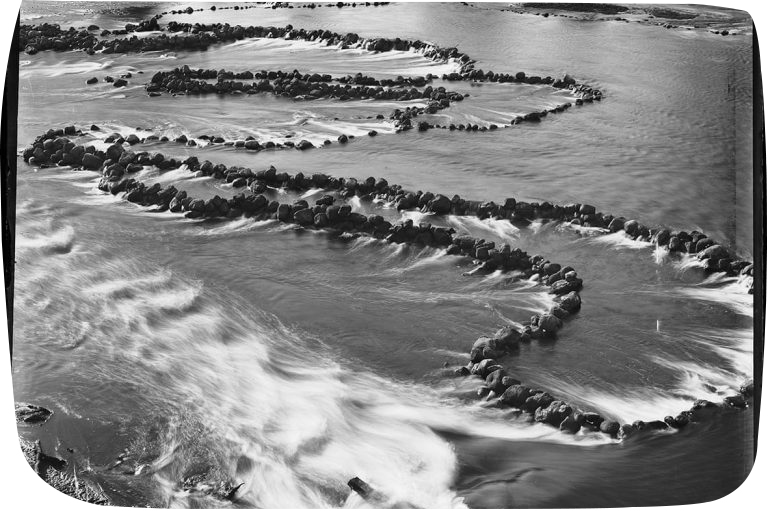
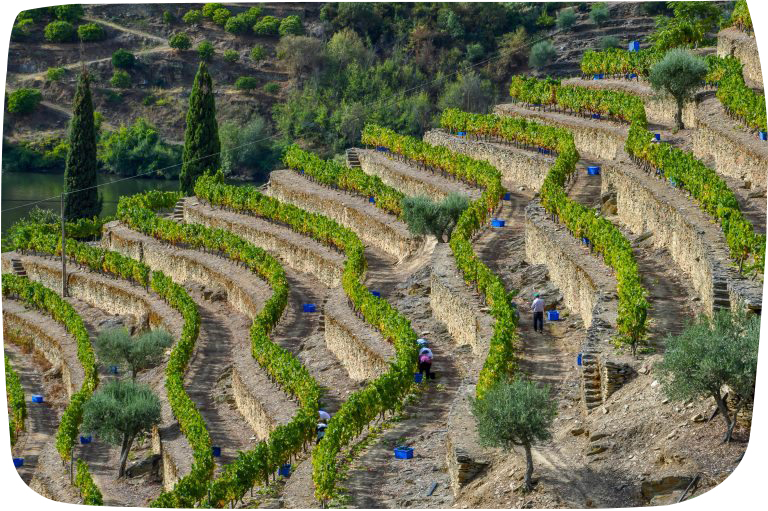
In Australia, Aboriginal people used dry stone techniques to construct elaborate structures like the Ngunnhu (fish traps) at Brewarrina, NSW. The Ngunnhu are estimated to be 40,000 years old and one of the oldest human-built structures in the world.
Colonial dry stone structures also remain, predominantly in the southeastern regions and often in styles that clearly reveal the origins of the wallers who built them.
Throughout the world regional styles are influenced by the stone that’s available and local culture. Types of construction are influenced by the landscape, flora, fauna, and local farming techniques. In Northern Europe’s mountainous regions, for example, dry stone retaining walls follow the contours of the steep elevations to create incredible terraced expanses on which to grow produce or graze cattle. On every continent, there are examples of dry stone industry, from the Ishigaki in Japan to the stone cities of ancient Africa and the temples of South America, providing consistent evidence of people and nature working in harmony to address a need.
Qualified or not, authentic dry stone specialists must undertake many years of direct practice to become proficient in the art. The principles are extremely straight forward but their application is not. It is not uncommon to hear “anyone can stack a pile of stones” and that is true enough, but to build a beautiful structure that endures the tests of time—that’s a skill to be reckoned with.
Currently, there is only a handful of registered accreditation systems globally, and all are based on the UK system developed by the DSWA UK and Lantra Awards.
Since 2017 Stone of Arc has been working with several organisations and representatives across Australia, the UK, and North America to enable the full implementation of the DSWA UK accreditation scheme here in Australia.
We can deliver custom training at your venue, contact us to discuss your training needs.
Get the latest news, events & updates straight to your inbox.
"Walling to me is wholly engaging. It’s my gym, my art class, my mindfulness session and my trip to the country all rolled into one. It requires time, precision and order, patience, resilience, and attention to detail. It connects the past with the future and delivers a beautiful, sustainable structure and unrivalled sense of pride and satisfaction".
Emma Knowles - Founder, Stone of Arc